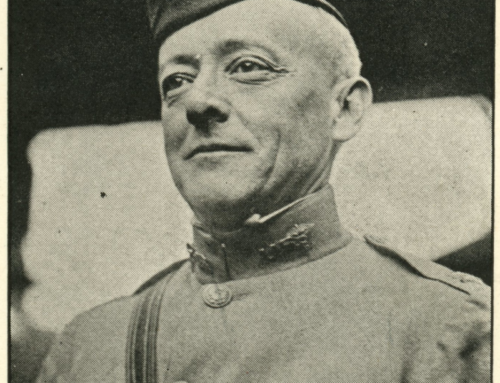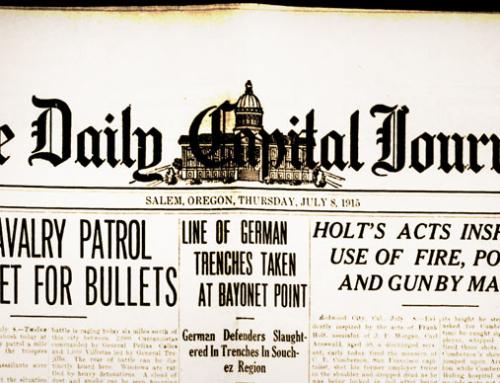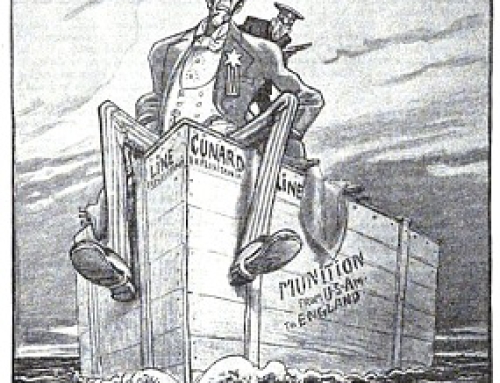by Richard van Pelt, WWI Correspondent
The Capital Journal reported the loss of a U.S. submarine:
U.S. SUBMARINE F-4 DIVES TO ITS DOOM WITH ENTIRE CREW
American Under Sea Boat Goes Down In Practice Maneuvers At Honolulu and Fails To Rise To Surface With Its Crew of 25 Men – All Hope of Saving Entombed Sailors Given Up – Oil Floats To Surface Near Harbor
Another headline reports on beet leaves as camouflage and the value of good pitchers:
BEET LEAVES AND IRON SERVE TO HIDE TROOPS
Modern Conflict Calls Forth New and Untried Inventions by Fighters In the Trenches – Regiment of Baseball Pitchers Would Be Deadly With Hand Grenades – Germans Throw Like Girls But Hits Are Fatal
Phil Rader admiringly describes German innovations, including the use of sugar beet leaves:
The “beet coat,” as we called it, was one of the cleverest inventions that we saw in our part of the line. All of the country around us in which our trenches were dug was sugared land, and the landscape was a vista of beet leaves.
One day we saw a mountain of those leaves heaving in a peculiar fashion.
“It’s only a mole digging,” said our lieutenant. But suddenly the whole pile moved and hunched forward. We began to shoot, and, to our amazement, the beet leaves rose on two strong German legs and dashed back to the trenches. We laughed uproariously. The Germans reminded us Americans of Montgomery and Stone in their disguises.
We found out later that the Germans would take a gunnysack, cut head and armholes in it pin beet leaves to the sack and then wear the sack like a coat. If a man moved carefully along on his stomach the chances of him being seen were very small.







Leave A Comment